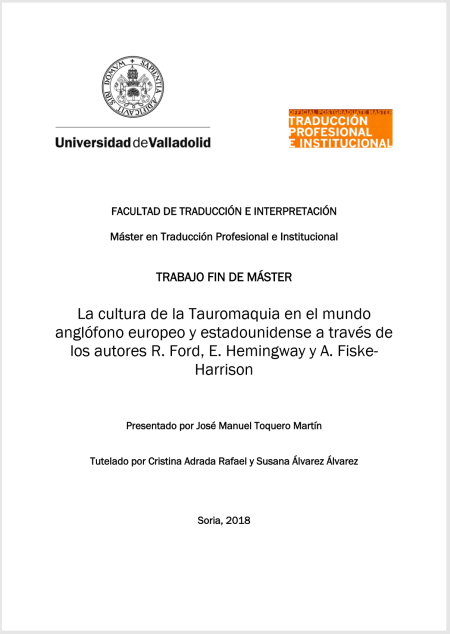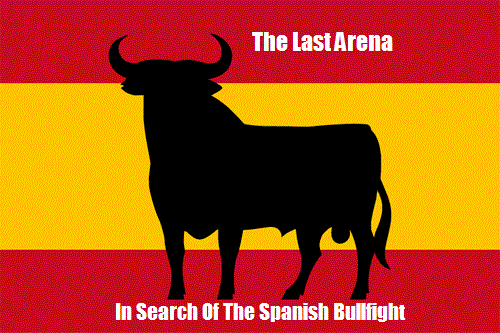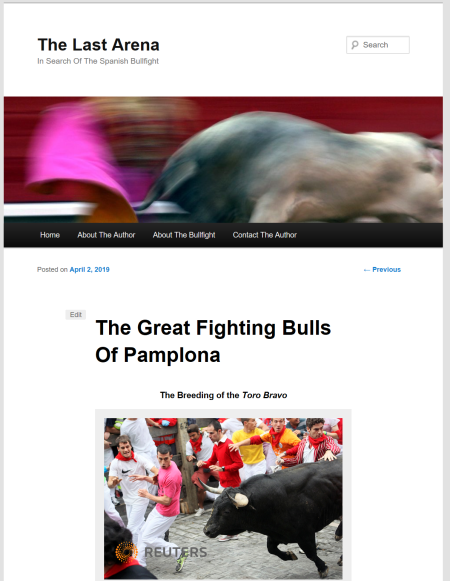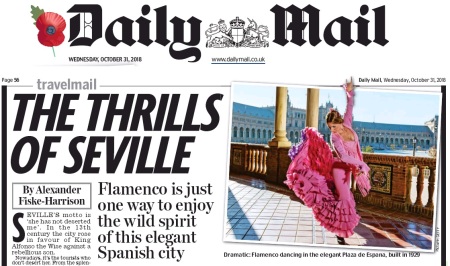I am completing the conversion of my taurine blog ‘The Last Arena: In Search Of The Spanish Bullfight‘ into the reference site in the English language that it by now should already be.
My latest addition is this new post on the great breeds and bloodlines of fighting bull, in part at the behest of Pamplona’s largest tour operator, Running Of The Bulls, Inc., but also with a nod to the Fundación del Toro de Lidia, ‘Foundation of the Fighting Bull’, the Spanish industry body with whom I am working.
It is also nice to see the ancient University of Valladolid are referencing the book that that blog grew into, Into The Arena: The World Of The Spanish Bullfight, as one of three works on the subject written in English in the past three centuries that have become works of reference.

University of Valladolid (founded 1241 A.D.)
Faculty of Translation and Interpretation
Masters in Professional and Institutional Translation
Masters Final Thesis
The culture of Bullfighting in the European and American English-speaking world through the authors Richard Ford (1796–1858), Ernest Hemingway (1899–1961) and Alexander Fiske-Harrison (1976-)
Presented by José Manuel Toquero Martín
(Click here to download the full thesis.)
Alexander Fiske-Harrison





